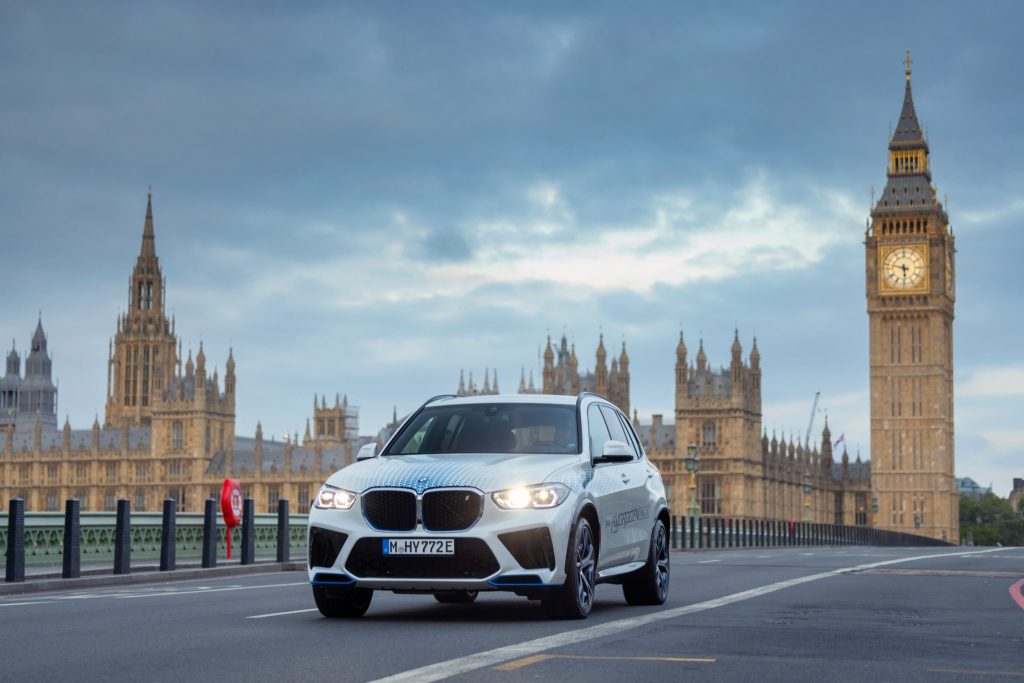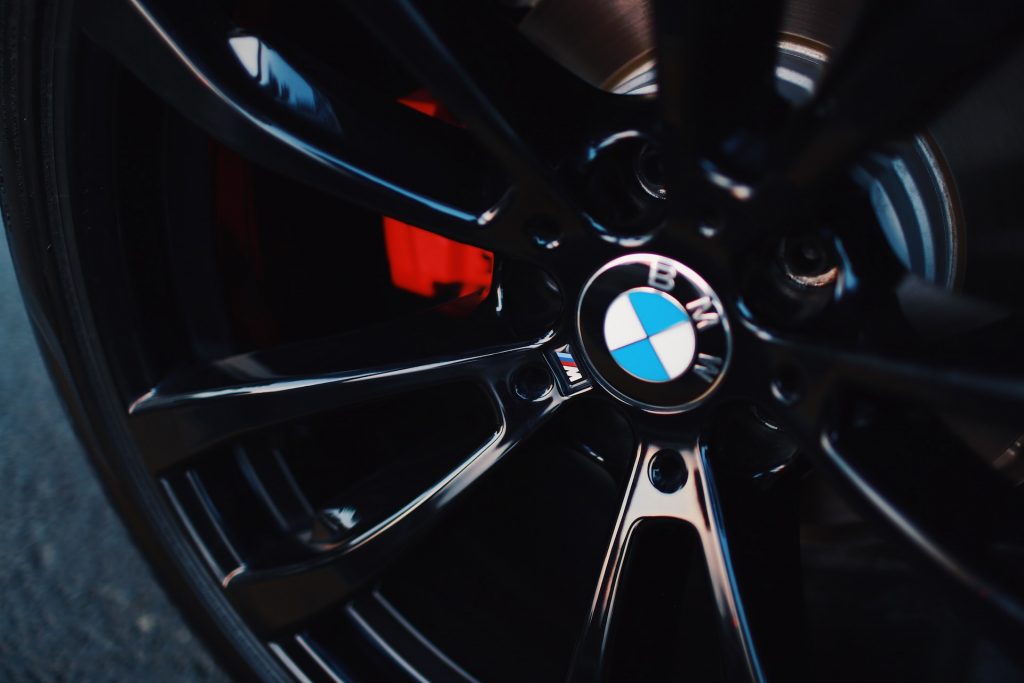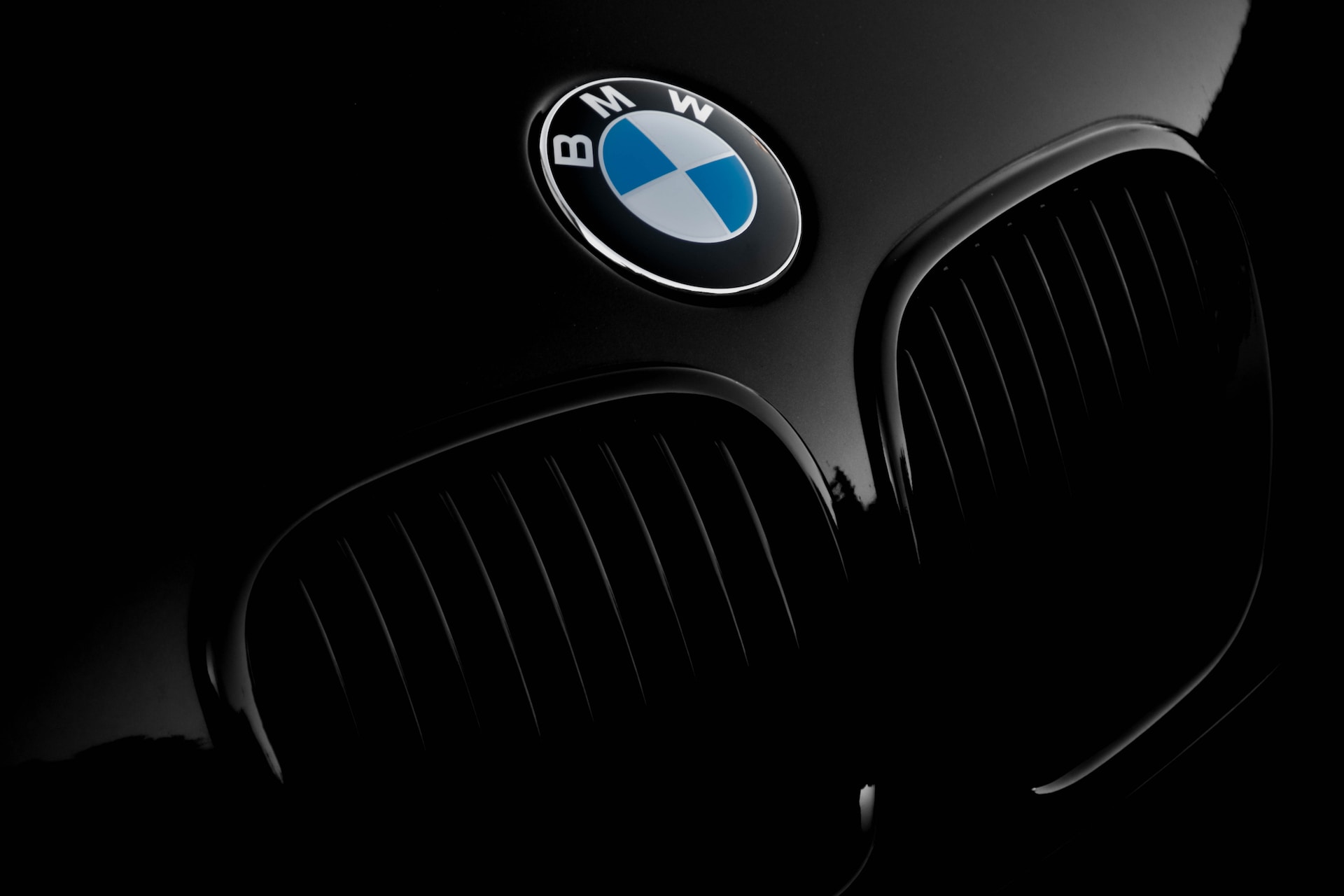Just like us here at Ryze, BMW positions itself as ‘technologically agnostic’ and emphasises hydrogen not as a substitute for electric vehicles (EVs) but as a complementary solution in the effort to decrease CO2 emissions.
They highlight that electrification may not be as practical for certain sectors, such as buses and coaches, trucks, aviation, maritime, and specific industries. BMW also anticipates that these sectors will play a pivotal role in advancing hydrogen infrastructure, particularly in countries like the UK, where the availability of filling stations remains limited. In a recent test drive of the new BMW ix5 Hydrogen the auto journalist had to use a hydrogen refuelling station near Heathrow airport.
But such is the nature of an energy ‘transition’, transitions, unlike light switches, take time, and BMW are now rolling out the iX5 Hydrogen, calling it their “pilot vehicle”. Before diving headfirst into the EV scene, they did the same thing. Now, they’re unleashing up to 100 iX5s into the wild for handpicked customers and tech pals. It’s BMW’s mission to understand how they handle different scenes and what the drivers think of them.

The new BMW iX5 Hydrogen on a test drive in Westminster, London.
The consensus so far? According to hot of the press reports the iX5 exudes a complete and polished demeanour in terms of its tactile, visual, and driving characteristics. Various drive modes, notably Sport, amplify the car’s dynamic output, with the added feature of customisable lift-off regeneration levels, controllable via the +/- steering wheel paddles. Alternatively, drivers have the option to engage one-pedal drive, offering robust lift-off braking capabilities capable of halting the vehicle. The incorporation of a turbocharger-like compressor, facilitating air supply to the fuel cell, operates silently, with the only emission being water.
The fuel cell itself takes the crown at 125kW, currently ranking as the most potent globally. This technological marvel is a collaborative creation with Toyota. Accompanying it is a small yet high-performing lithium-ion battery pack, churning out 170kW. The grand total? A robust 295kW or 396 bhp, coupled with an impressive 524lb ft of torque. Twin carbonfibre-clad tanks bear the load of hydrogen, compressed to a formidable 700 bar and chilled to a frosty -40 degrees Celsius.
____________________
Related reading:
250 organisations call to triple renewable power capacity ahead of COP28
____________________
All told, the iX5 hovers just under 2500kg, a noteworthy 100kg lighter than its BEV counterpart, as per BMW’s reckoning. Accelerating from zero to 62mph is a breeze, clocking in at less than six seconds, while the top speed cruises at 115mph, momentarily amped up to 127mph with a battery-fuelled boost.
‘The nice thing about this technology is the different components determine different things,’ says Dr Jürgen Guldner, responsible for hydrogen vehicle development at BMW. ‘In a BEV, the battery determines everything, but here the tank size determines the range, the fuel cell determines the maximum speed, and the battery power determines the acceleration. It basically operates like a hybrid system, the fuel cell providing power generally, charging the battery as necessary, and the battery delivering the extra power for acceleration when required.’
The resulting iX5 Hydrogen is a four-year labour of love for Guldner. And reports are pretty much universally that the ride is smooth, the handling surprisingly nimble for an SUV, and the performance seamlessly mirroring that of a BEV (battery electric vehicle).
Now, you might wonder, why add the complexity of a fuel cell? According to Guldner, the ace up the hydrogen-powered FCEV’s sleeve is in its being like “an EV with fast fuelling.” Picture this: a swift five-minute pit stop fills up the iX5 with 6kg of compressed hydrogen, akin to the time it takes to fill up a conventional petrol/diesel car, yet grants a 311-mile (500km) range by the WLTP standard. Efficiency with a hydrogen twist.

Reports of the driving experience of the new BMW ix5 Hydrogen are that the ride is smooth, the handling surprisingly nimble for an SUV, and the performance seamlessly mirroring that of a BEV (battery electric vehicle).
Refuelling with hydrogen is almost exactly like a routine visit to a petrol station, except for a tech twist. Infrared wizardry in the nozzle and filler neck ensures a secure link before the flow of compressed hydrogen kicks in.
Now, let’s tackle the elephant in the room: the scarcity of filling stations. While Germany boasts just over 100, and Japan, a slightly more commendable 150, the reality is that many regions are left with just a handful. However, a plethora of new hydrogen refuelling stations are in the pipeline, including the development of a state-of-the-art new hydrogen production facility in Bradford, to generate hydrogen from low carbon energy sources, to include a hydrogen and electric vehicle refuelling station for local buses and public and private sector fleets. The facility will potentially be the UK’s first ever dual energy Zero Emission refuelling station catering for Battery Electric and Hydrogen Electric vehicles.
Then there’s ‘where does the hydrogen come from?’. And here’s where it gets interesting — the opportunities are vast. Just last year in Germany, nearly six terawatt hours of renewable energy went to waste because there wasn’t space for it in the grid. That could’ve easily morphed into 100,000 tons of hydrogen.
__________________
Related reading:
Renewable Energy: the linchpin for job creation & decarbonisation
____________________
We often hear that hydrogen produced from renewable energy might be the ‘new oil’ in the Middle East. Sunny countries, naturally, are leveraging a different natural resource: sunshine. That same solar panel in the Middle East churns out two and a half times more electricity than its counterpart in Germany. The catch? There is no electric cable to ferry it to Germany. Enter hydrogen as the ideal conduit to make this surplus renewable energy accessible.
Even with the inherent losses involved in the process—electrolysing water to create hydrogen and then hauling it, often as ammonia (a more transport-friendly alternative to hydrogen)— Guldner notes is an intriguing balance. According to him, a solar panel in the Middle East propels a Fuel Cell Electric Vehicle (FCEV) just as far as a Battery Electric Vehicle (BEV) charged by a solar panel in Germany. The global energy equation, it seems, has its own set of geographical harmonies.

The new BMW ix5 Hydrogen operates like a hybrid system, the fuel cell providing power generally, charging the battery as necessary, and the battery delivering the extra power for acceleration when required. It refuels in the same time as a diesel or petrol car and covers the same distance, but with zero carbon emissions.
BMW is already weaving hydrogen-powered Fuel Cell Electric Vehicles (FCEVs) into their blueprint for future models. According to Guldner, the game plan involves slimming down the diameter of hydrogen tanks and incorporating more of them within the design parameters originally reserved for batteries. There’s even a four-wheel-drive FCEV in the works. They’ve partnered with Toyota for a decade of powerful fuel cell collaboration. It’s a dynamic partnership with an eye on the future of hydrogen mobility.
One thing is certain right now, that as the hydrogen revolution evolves, its driving force is currently the industries grappling with the challenge of decarbonisation, especially those that can’t easily transition to battery electric solutions. Think heavyweights like buses, trucks, and industrial titans in sectors like steel, glass, and cement manufacturing.
As this narrative unfolds, BMW stands as a well-placed frontrunner, steering ahead of most competitors with market-ready hydrogen vehicles. It’s a foresight game, and BMW seems to be playing at the forefront.
To learn more about Ryze, click here.






